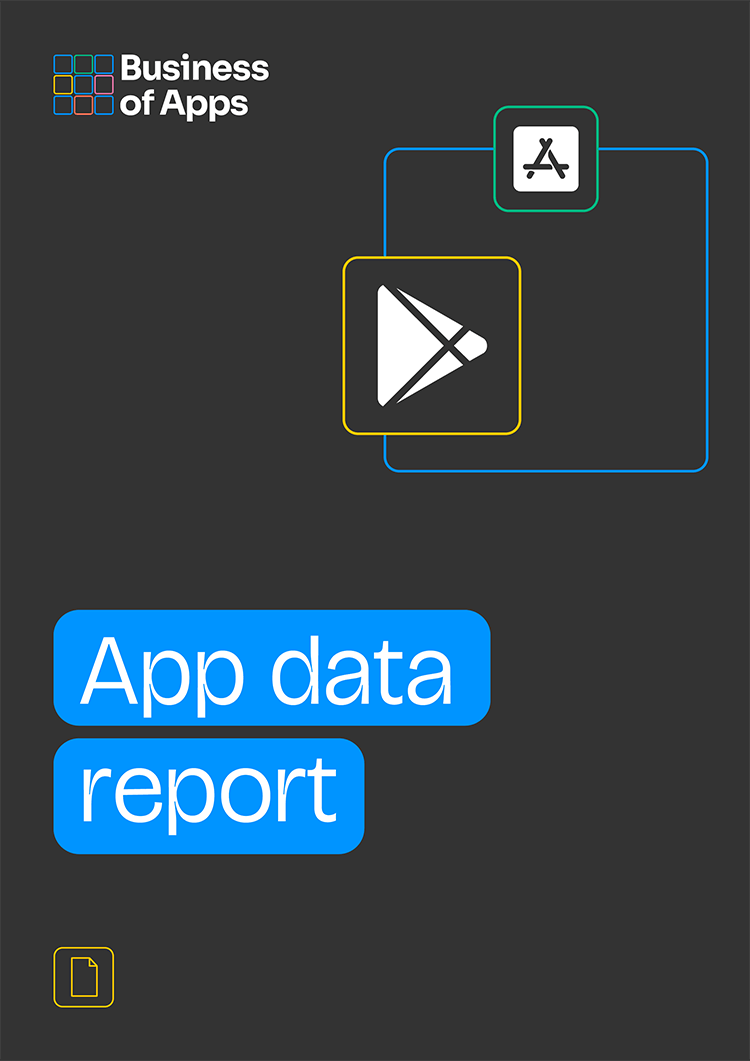App Revenue Key Statistics
Mobile Ad Spend
App and Game Revenues
iOS App and Game Revenue
Google Play App and Game Revenue
Gaming App Revenues
iOS Gaming App Revenue
Google Play Gaming App Revenue
App Revenues
iOS App Revenue
Google Play App Revenue
App Revenue by Region
Subscription App Revenue
iOS Subscription App Revenue
Google Play Subscription App Revenue
The mobile app industry has been active for over a decade now, generating billions of dollars in revenue for Apple, Google and thousands of mobile app developers.
While originally not perceived as necessary by Apple or Google, which did not add app stores to the first versions of iOS and Android, it has become a key revenue stream for both of them.
Even with less than 20 percent market share, iOS has led the way in revenue generation for app developers. This is partly due to iPhone being more popular in regions with high income, such as Japan and the United States, which tend to spend more on apps.
By comparison, Google Play's largest markets are India, South-east Asia and South America, which typically generate less revenue per user. Apple also operates in China, while the Google Play store is banned in the country. Several third-party Android app stores are available in China, and are estimated to generate over $25 billion in yearly revenue.
Both platforms have matured in the past few years, adding new ways for developers to make an income. These include a multi-purpose advertising platform, in-app purchases and subscriptions, all of which is covered in this app market analysis.
Subscription revenues have increased rapidly over the past few years, as every app tries to entice users to purchase a monthly or annual subscription to get premium services. Almost every app category is led by apps that's main market is selling subscriptions to customers.
In the past two years, there has been a collective effort by developers to reduce the percentage of revenue Apple and Google take for in-app purchases, alongside providing alternative ways for users to pay for subscriptions. Apple and Google have compromised slightly, adjusting the percentage take from 30 to 15 percent, but developers and anti-competitive departments are calling for further revisions.
What will be the next big money maker for this app economy? Some expect the metaverse, or some form of it, to be where app developers spend a lot of their resources in the next decade. Others see AI, in the form of ChatGPT and tools like DALLE, to have a significant impact on a wide range of app sectors.
We have collected data and statistics on app revenues. Read on below to find out more.
App Revenue Key Statistics
- Mobile ad spend in 2024 reached $390 billion, a 7.7% increase on the previous year
- Android and iOS app consumer spending increased to $150.1 billion in 2024
- iOS was responsible for 68% of app consumer spending in 2024
- Games accounted for 53% of consumer app spending in 2024. Google Play contributed 38% of the total amount
- Subscription revenues increased to $66.8 billion in 2024, iOS was responsible for 73% of that revenue
Want to learn all about the app industry? Our App Data Report covers revenues, downloads, and number of apps across the Apple App Store and Google Play, alongside the top grossing and most downloaded individual apps.App Data Report 2025


